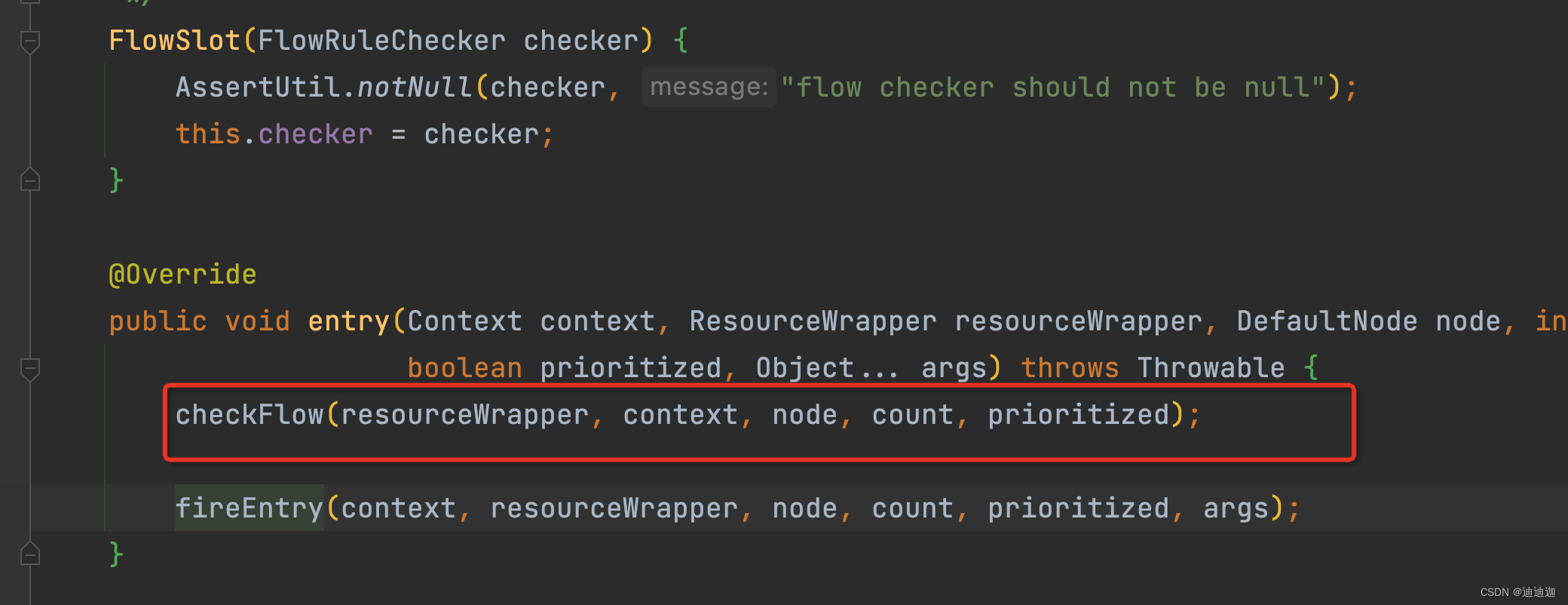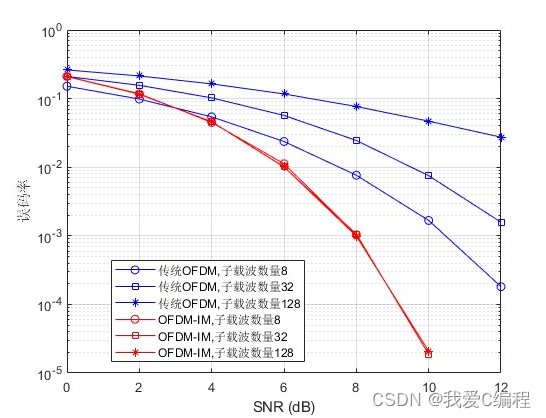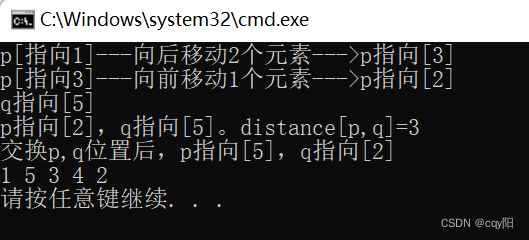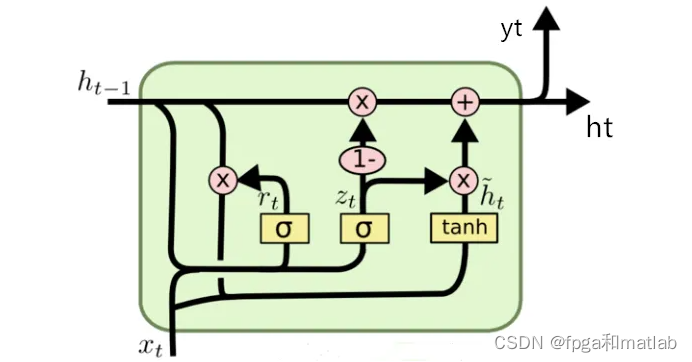实现克隆接口:clone方法是默认是Object的方法
1)这个接口是一个标记性的接口(空接口),他们内部都没有方法和属性,实现这个接口表示这个对象都可以进行克隆,我们调用Object对象的Object.clone()方法,如果没有实现Cloneable的类对象调用clone()就会抛出CloneNotSupportedException异常
2)我们想要一个类具备拷贝实例的功能,除了要实现Cloneable接口,还必须要重写Object类的clone()方法
3)我们可以看到Object类的clone()方法是被protected修饰的,我们需要在重写的clone()方法通过super关键字调用Object的clone()方法,
4)Cloneable接口发挥的是标记功能,自定义类型需要用户自己去标记哪些类是可以被clone的,这个标记就是去实现Cloneable接口,试下了该接口的类就表示该类创建的对象可以被克隆
想要克隆自定义类型,就要实现克隆接口public interface Cloneable(){};空接口也叫作标记接口
1.浅拷贝:我们在拷贝一个对象的时候,对对象的基本数据类型的成员变量进行拷贝,但是对引用类型的成员变量只进行引用的传递,并没有创建一个新的对象,当对引用类型的修改会影响到要拷贝的对象,简而言之,浅拷贝只是复制所拷贝的地址,而不复制他的所引用的对象
package com.example.demo;
import lombok.Data;
@Data
class Student implements Cloneable{
public String username;
public String password;
public Student(String username, String password) {
this.username = username;
this.password = password;
}
@Override
protected Object clone() throws CloneNotSupportedException {
return super.clone();
}
}
public class HelloWorld{
public static void main(String[] args) throws CloneNotSupportedException {
Student student1=new Student("李佳伟","12503487");
Student student2= (Student) student1.clone();
System.out.println(student1==student2);
//false,两个引用分别指向的对象的地址值不相同
}
}
false
Student{username='李佳伟', password='12503487'}
Student{username='李佳伟', password='12503487'}
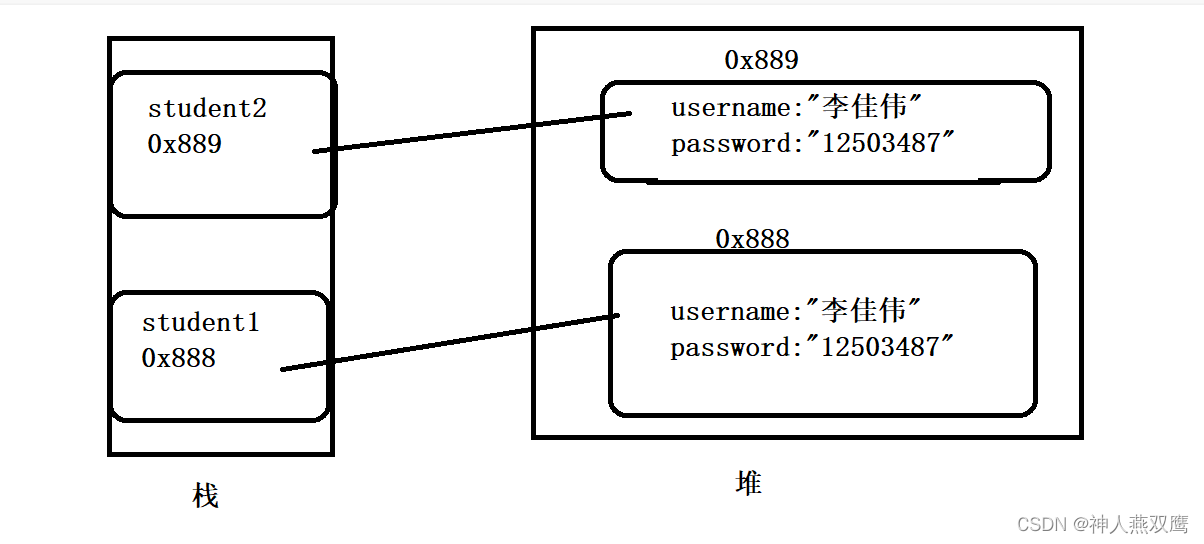
上面画的图就是克隆出来了一个新的对象和新的引用,但是由于这个对象的组成是一个基本数据类型,所以只对基本数据类型复制了一份
class Money{
public double m=100.5;
}
class Student implements Cloneable
{
String name;
//实现这个接口要重写克隆方法
Money money=new Money();
@Override
protected Object clone() throws CloneNotSupportedException {
return super.clone();
}
}
public class Tomact {
public static void main(String[] args) throws CloneNotSupportedException {
Student student1=new Student();
Student student2= (Student) student1.clone();
System.out.println(student1.money.m);
System.out.println(student2.money.m);
student2.money.m=199;
System.out.println(student1.money.m);
System.out.println(student2.money.m);
//都变成了199
}
}1)此时我们单纯的修改student1的username此时是不会修改student2的username的
2) 我们观察下面的代码,我们将Money类的实例引用作为了Student类的一个字段,new 一个Student类型的对象,将这个student1对象拷贝到student2对象,这里面的拷贝就是浅拷贝了,只是将student1的对象的money的引用进行拷贝了一份,此时student1和student2指向的两个不同对象的money引用指向的是同一个对象
package com.example.demo;
import lombok.Data;
@Data
class Student implements Cloneable{
public String username;
public String password;
public Student(String username, String password) {
this.username = username;
this.password = password;
}
@Override
protected Object clone() throws CloneNotSupportedException {
return super.clone();
}
}
public class HelloWorld{
public static void main(String[] args) throws CloneNotSupportedException {
Student student1=new Student("李佳伟","12503487");
Student student2= (Student) student1.clone();
System.out.println(student1==student2);//false
}
}
由此看出,只是拷贝了money对象的地址,他们仍然指向的是同一个对象,此时原来的对象和新被克隆出来的对象的成员变量money指向地址的都是 0x100
下面我们来实现一个真正意义上的深拷贝:
深拷贝:
我们在拷贝对象的时候,除了对基本的数据类型的成员变量进行拷贝的时候,对引用类型的成员变量进行拷贝的时候,创建一个新的对象来进行保存引用类型的成员变量,简单来说深拷贝不光把地址新创建了一份,还会把要进行复制的对象里面的引用所指向的对象也拷贝了一份
class Money implements Cloneable{
public double m=100.5;
@Override
protected Object clone() throws CloneNotSupportedException {
return super.clone();
}
}
class Student implements Cloneable
{
String name;
//实现这个接口要重写克隆方法
Money money=new Money();
@Override
protected Object clone() throws CloneNotSupportedException {
//return super.clone();正常情况下,Person的克隆是在这里面执行
//Student s=(Student) super.clone();
//return s;
//1克隆Person
Student s= (Student) super.clone();
//2克隆当前的Money对象
s.money= (Money) this.money.clone();
return s;
// 由于下面要进行Money的克隆
}
}
public class Tomact {
public static void main(String[] args) throws CloneNotSupportedException {
Student student1=new Student();
Student student2= (Student) student1.clone();
System.out.println(student1.money.m);
System.out.println(student2.money.m);
student2.money.m=199;
System.out.println(student1.money.m);
System.out.println(student2.money.m);
//这里面只是克隆了一个person,我们要想实现深拷贝
//就要把Student对象中的money这个对象也克隆一份
}
}Java中的clone方法是一个浅拷贝,引用类型仍然在传递引用,我们可以通过继续调用clone方法,对该对象的引用类型变量在实现一次clone的方法来实现深拷贝
1)让我们的两个类都实现cloneable接口
2)在我们的Student类里面不光克隆Student对象里面的属性,还进行克隆Student类中的引用类型所指向的对象也进行克隆一份
class Money implements Cloneable{
public int money;
@Override
protected Object clone() throws CloneNotSupportedException {
return super.clone();
}
}
class Student implements Cloneable{
public String username;
public String password;
public Student(String username, String password) {
this.username = username;
this.password = password;
}
Money money=new Money();
@Override
protected Object clone() throws CloneNotSupportedException {
Student student=(Student)super.clone();
student.money=(Money)money.clone();
return student;
}
@Override
public String toString() {
return "Student{" +
"username='" + username + '\'' +
", password='" + password + '\'' +
'}';
}
}
public class HelloWorld{
public static void main(String[] args) throws CloneNotSupportedException {
Student student1=new Student("李佳伟","12503487");
Student student2= (Student) student1.clone();
student1.money.money=999;
System.out.println(student1.money.money);//999
System.out.println(student2.money.money);//0
}
}我们拷贝简单类型是深拷贝,拷贝引用类型是浅拷贝,我们要想实现深拷贝,就要拷贝一下这个对象,只是拷贝地址值,是不能实现真正意义上的深拷贝的
1)咱们的数组的四种拷贝方法都是浅拷贝,因为我们大部分情况下是拷贝地址的,而现在是拷贝数据
2)深拷贝:如果我们拷贝完成之后,我们通过一个引用去访问去修改拷贝完成之后的值,是不会修改原来的值
3)浅拷贝:相反拷贝通过引用来进行修改,原来的值发生变化,就叫做浅拷贝
如果问数组的拷贝是什么拷贝?先问问到底是再拷贝什么???

static关键字修饰的成员是属于类的,而abstract一般是用来修饰普通方法目的是为了让子类继承后重写该方法,而static修饰的方法是不存在继承重写的
创建对象的方式:
- new关键字
- 反射
- Clone方法
- 反序列化使用ObjectMapper

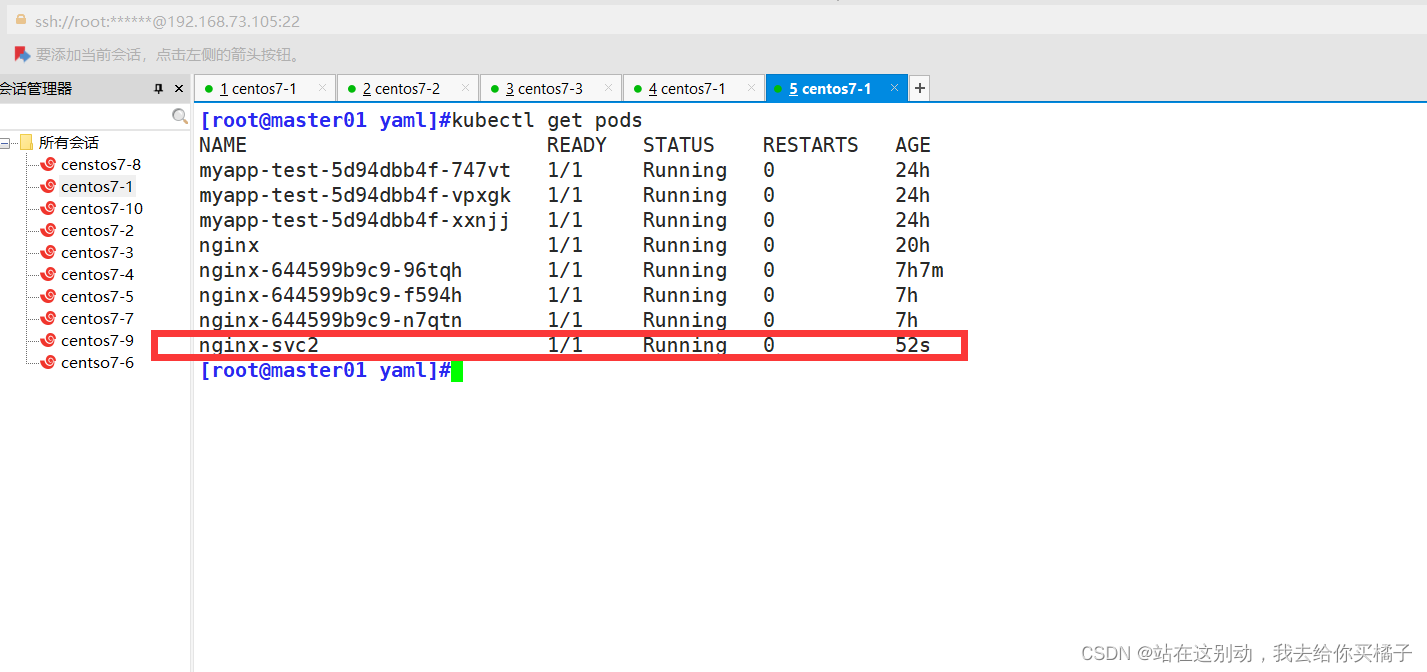
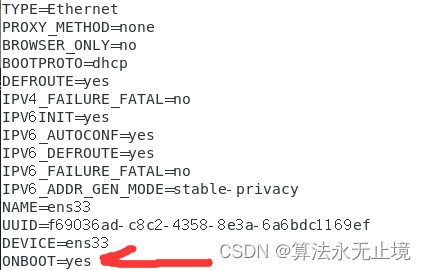



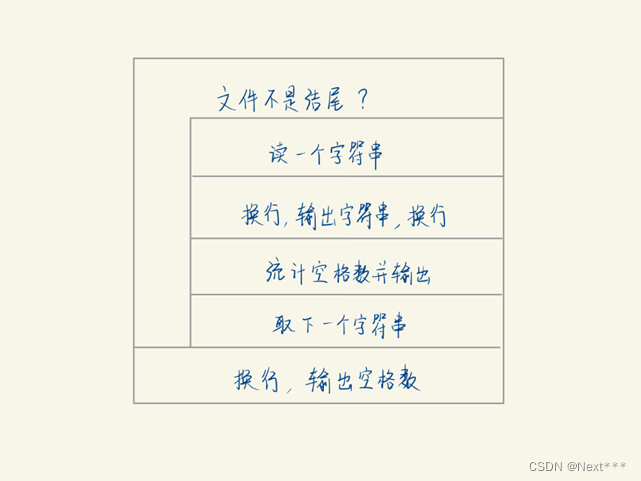
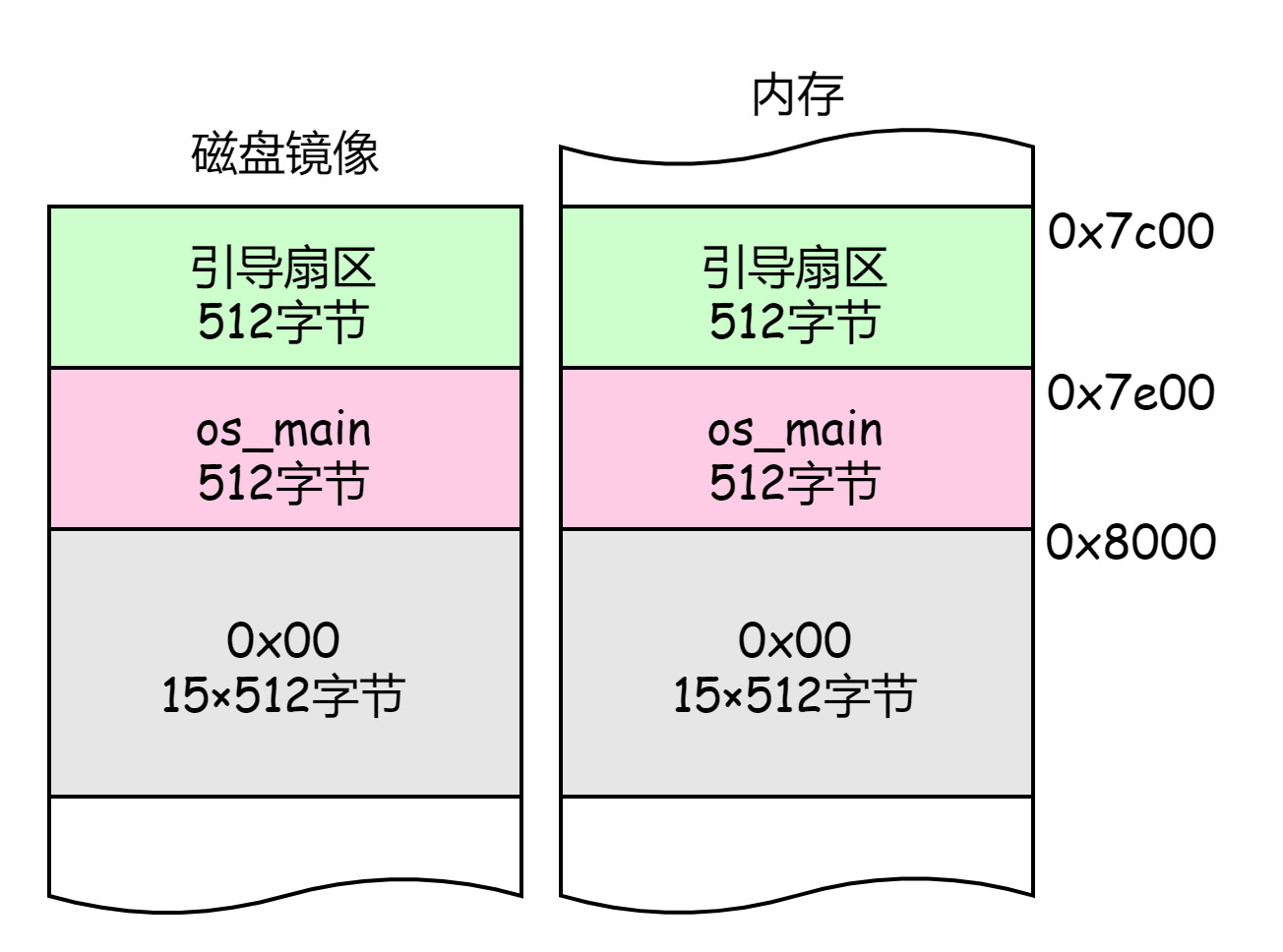


![[附源码]Nodejs计算机毕业设计基于大数据的超市进销存预警系统Express(程序+LW)](https://img-blog.csdnimg.cn/414a8c0d44344cb1944e405c770a1fd6.png)

